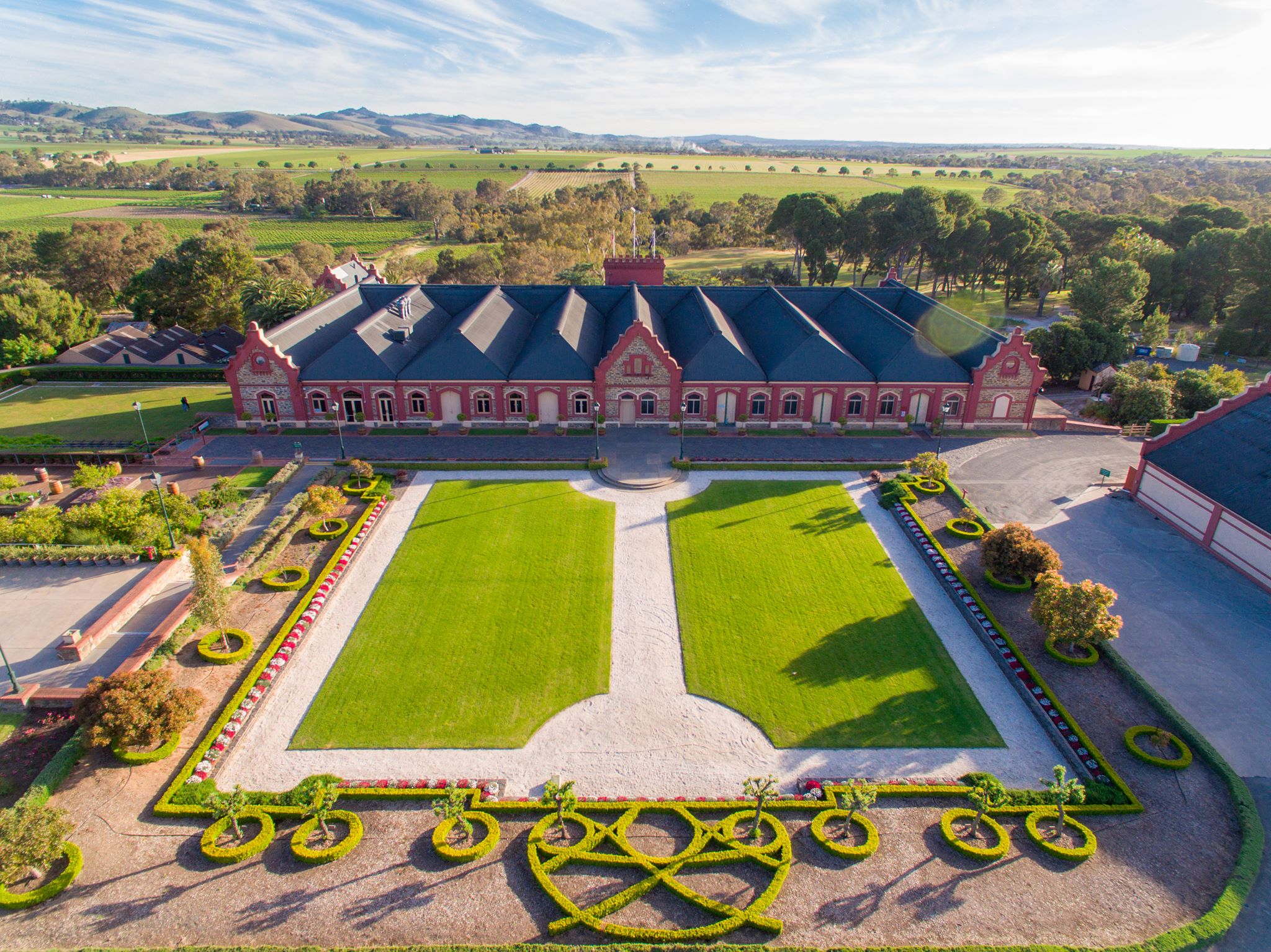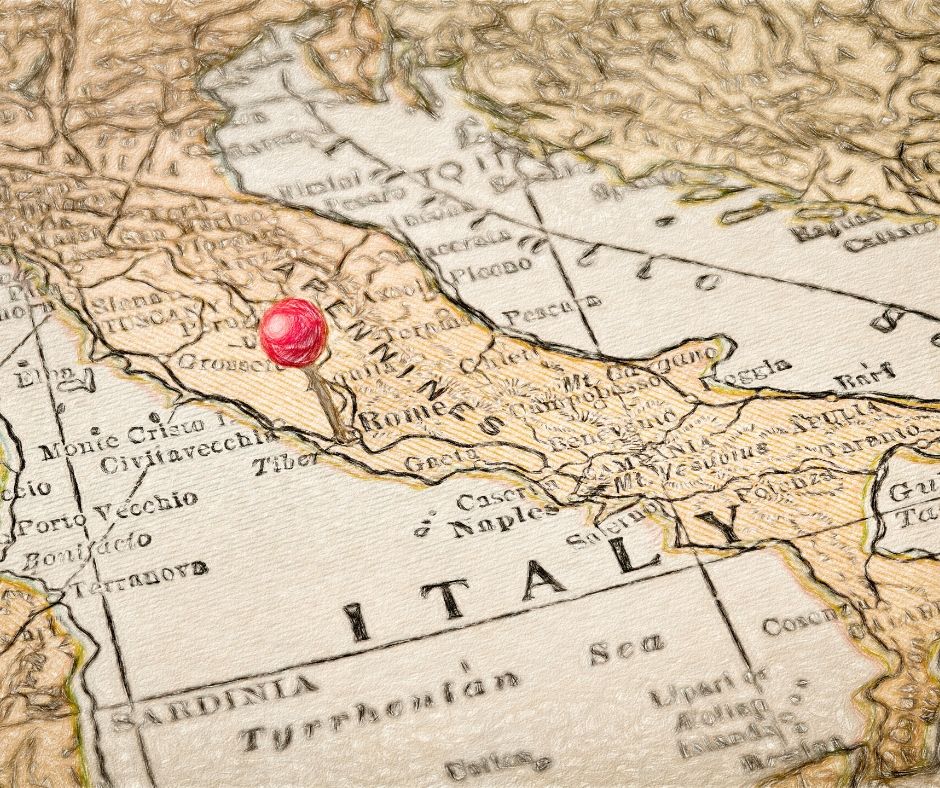

1. What is the best temperature range to store wine?
Wine can be stored for the long-term from anywhere between an ideal temperature range of 8ºC to 18ºC but this can vary from wine to wine. White and sparkling wine can be stored at lower temperature (8ºC to 12ºC) while red wine can be stored at higher temperature (12ºC to 18ºC).
Wine storage temperatures should never go over 24ºC as wines will begin to oxidise and this will affect the quality and taste of the wine.
2. How should we position the bottles? Do they need to be tilted at an angle?
For wine bottles with corks they are recommended to be stored to keep the cork moist to prevent seepage and premature aging from air entering the bottle.
For screw top wine bottles they can be stored on their sides or vertically.
Wine bottles are sometimes stored at a slight angle to encourage deposits to form at the base of the bottle.
3. I understand we have to keep the wine bottles away from sunlight. Why is this so?
The wine’s flavours and aromas can be damaged by the ultra violet rays from direct sunlight.
4. Do we need to keep them in a dark room then? Can they be exposed to light from light bulbs?
While light from light bulbs will not damage wine in the same degree as direct sunlight, they are best avoided and wine are recommended to keep them in the dark and free from light.
5. Does the closure of the wine bottles matter in terms of how they should be stored?
For wine bottles with corks they are recommended to be stored to keep the cork moist to prevent seepage and premature aging from air entering the bottle.
For screw top wine bottles they can be stored on their sides or vertically.
6. Are there any factors we should take into account when it comes to storing wine?
Wine should also be kept free from vibration such as your washing machine, sound systems or exercise area as they can disturb sediments in the bottle, disrupting the wine aging process.
Humidity is another factor to consider in storing wine.
Wines should be stored at an ideal humidity level of from 60 to 80 percent. The dry air from low humidity can dry out the corks, which would allow air into the bottle and spoil the wine while high humidity can damage the wine labels on the bottles. For a country like Singapore with normal humidity this is less of a problem.
7. In a small apartment, which area of the home would you recommend for wine storage?
For short term storage of wine for consumption within days or weeks, you can store your wine anywhere in your house not in direct sunlight and away from vibration in any little used closet or vacant storage area like your bomb shelter.
For longer term storage, a wine chiller is recommended. They can be as small as 12 to 24 bottles for a small apartment.
8. Is a wine cooler necessary?
A Wine cooler is the best way to store your wine bottles as temperature, humidity can be controlled and lighting as well as vibration kept to a minimum. They are also effective storage solution allowing you to place the wine horizontally for wine bottles with cock or vertically so you can read your wine easily.
Wine coolers also come with options like sliding shelves so your wines can be neatly arranged and admired through glass door and they can also come with optional air filters that keeps contaminants out
9. How should we keep opened wine bottles? Do we refrigerate it? How long can we keep them for?
For opened wine bottles, if they are stored correctly in the right temperature in a wine chiller, they can last 3-5 days. The key to retaining the quality, taste and aroma of an open wine bottle is to recork it promptly and tightly. If the cork is damaged use a rubber wine stopper to create a tight seal or you can also use a wine vacuum pump which will allow you to remove the air out of an open bottle to create a near airtight and vacuum bottle.
10. Are there any additional tips to share?
While using a standard refrigerator can be used to store wine for a short term, be sure to keep the temperature between (8˚C -15˚C) to achieve the ideal temperature as
Refrigerators are meant to keep food very cold and dry
The fridge also has a vibrating motor that runs around the clock creating constant vino vibration which is not good for the wine.
Keeping your wine in a separate wine chiller also helps prevent cross-contamination from food odours.
While some vintage wine can be stored for many years, most wine are best consumed in no more than 3 to 4 years even in an ideal storage condition and once the bottle of wine is opened, it is best consumed within a week.
For Japanese sake, good storage condition is even more critical to ensure it’s flavour and quality are intact and they are best consumed 1 year from the date of production which can be found on the sake bottle.






